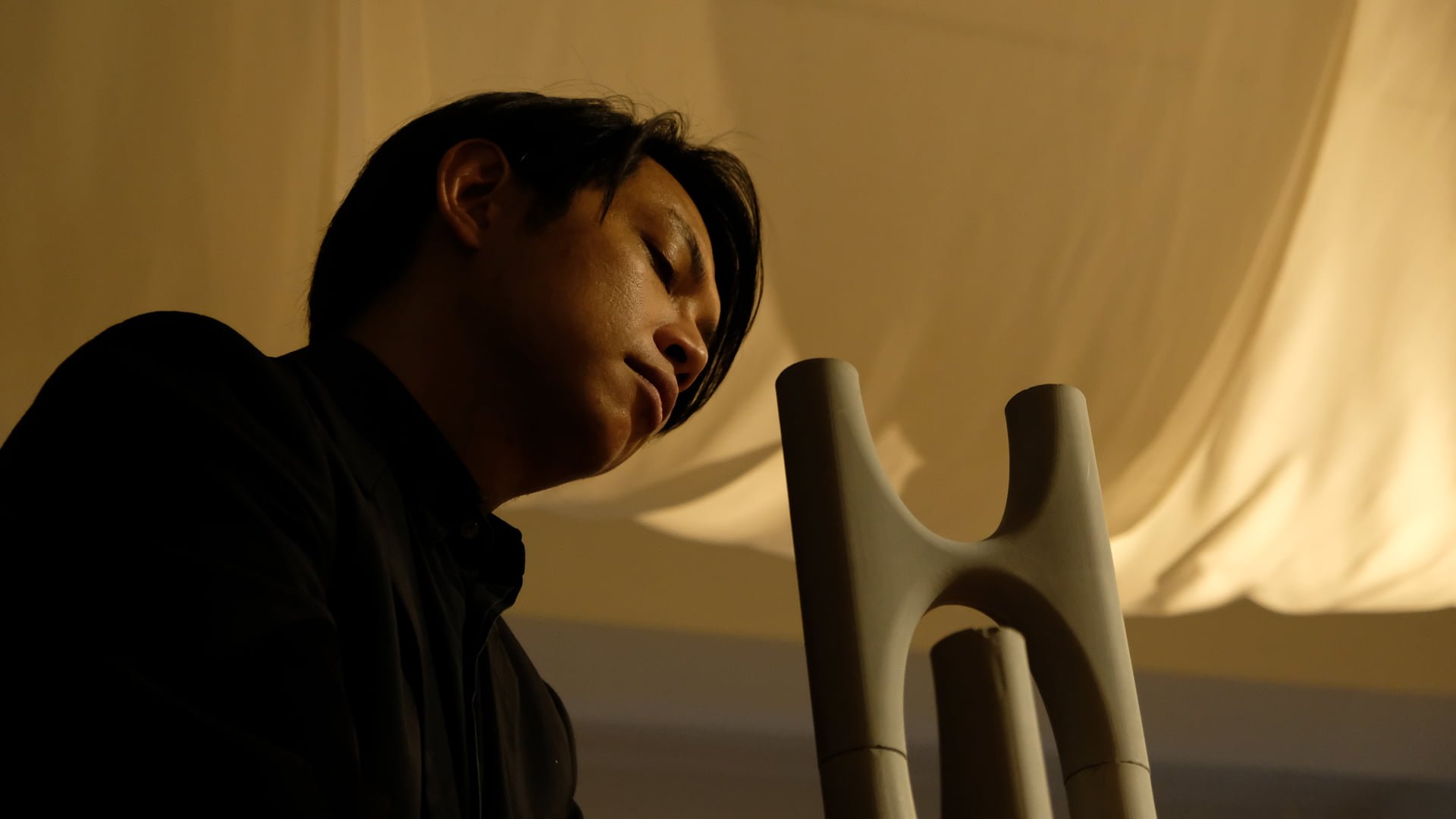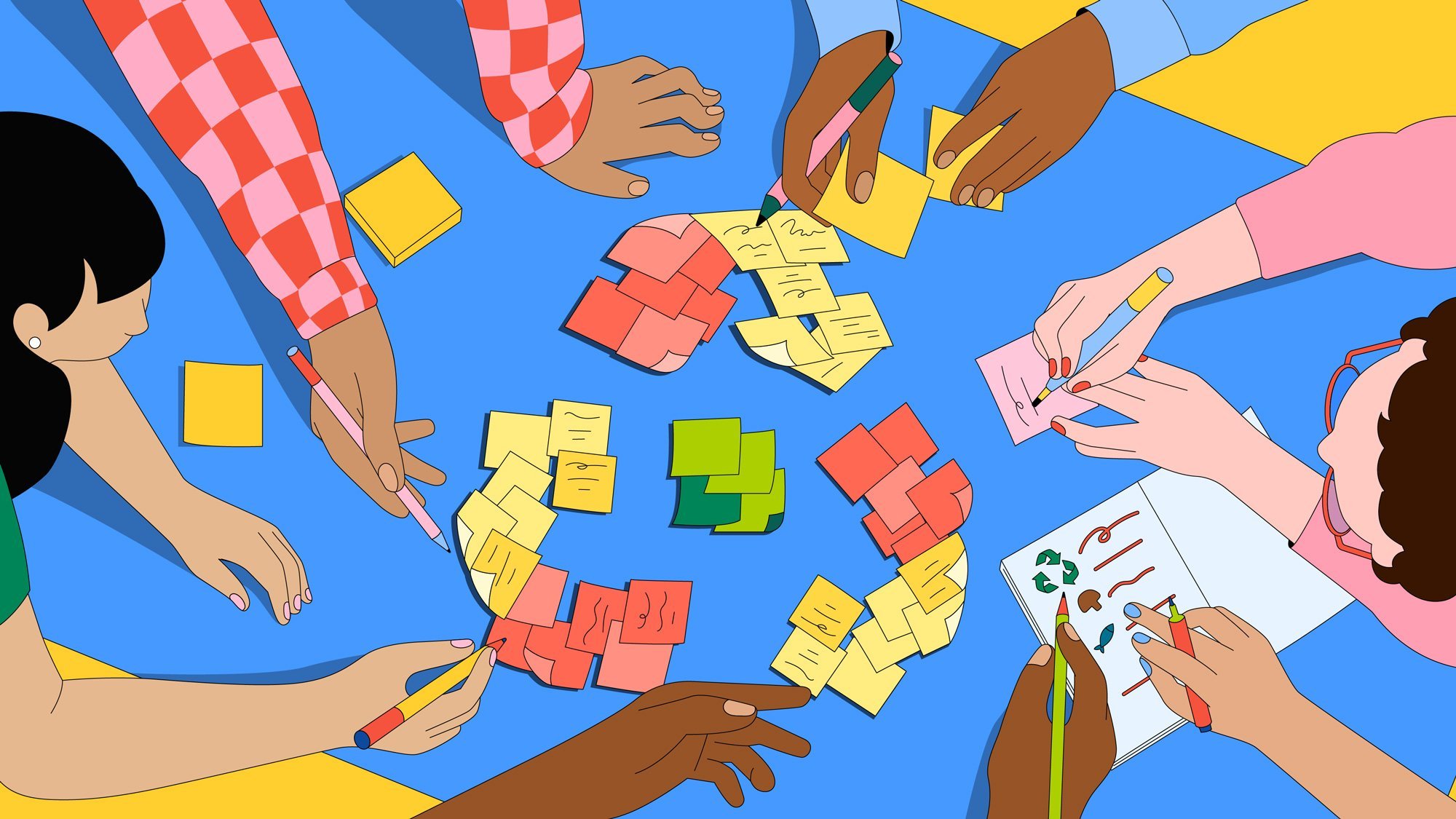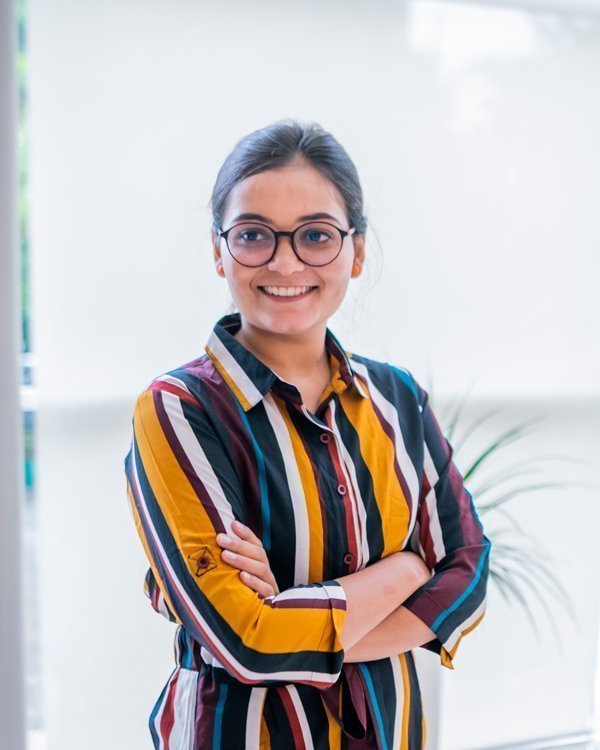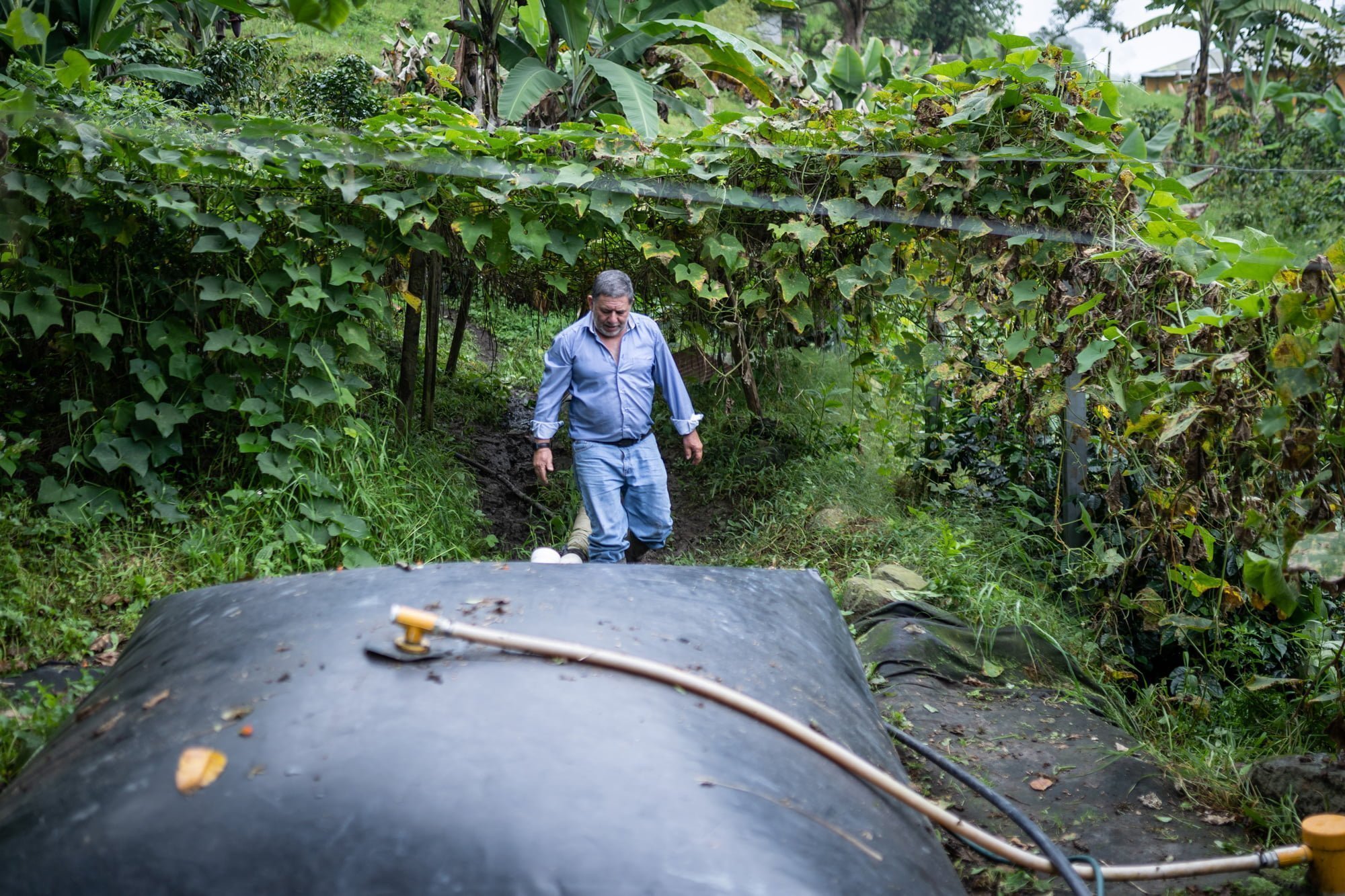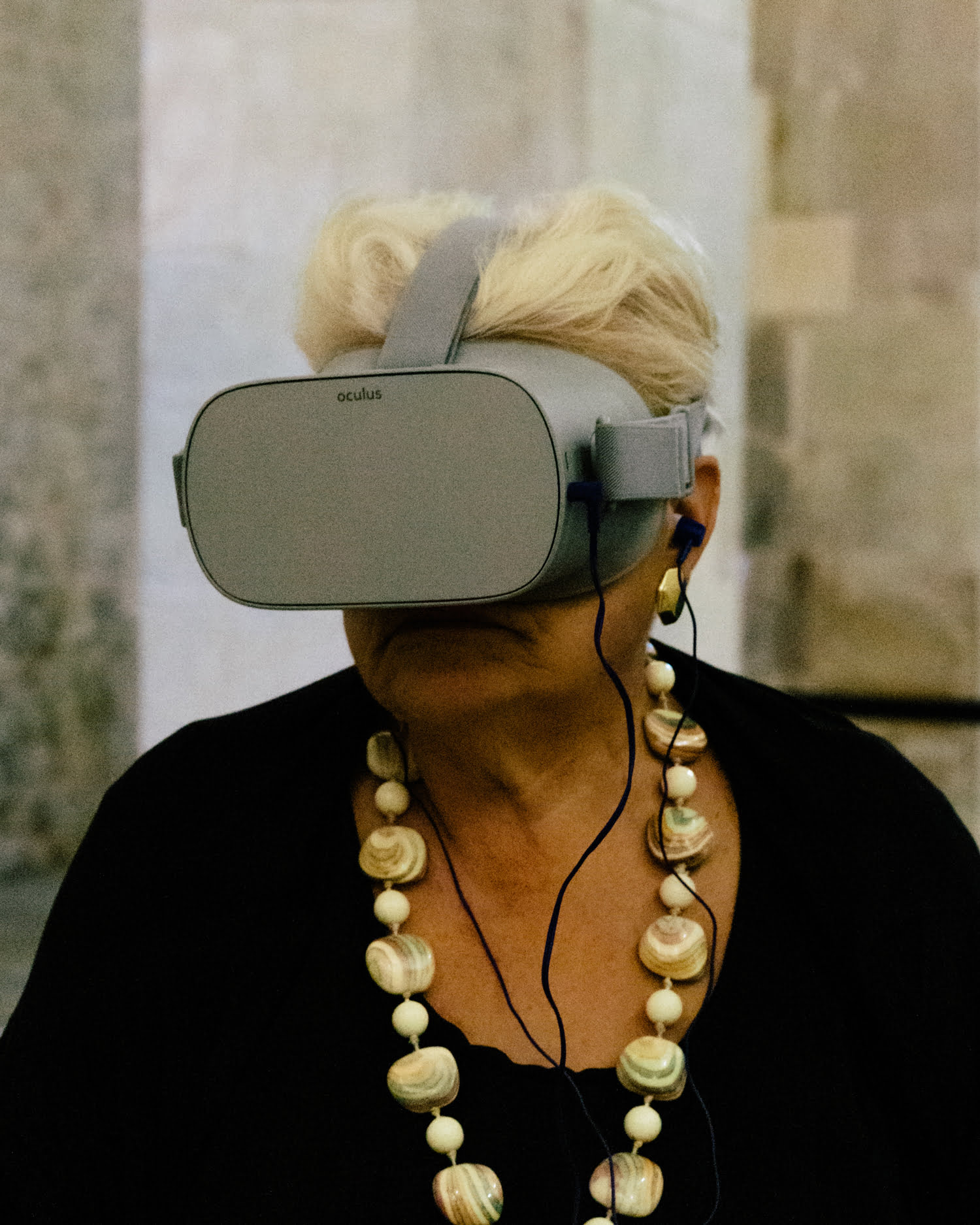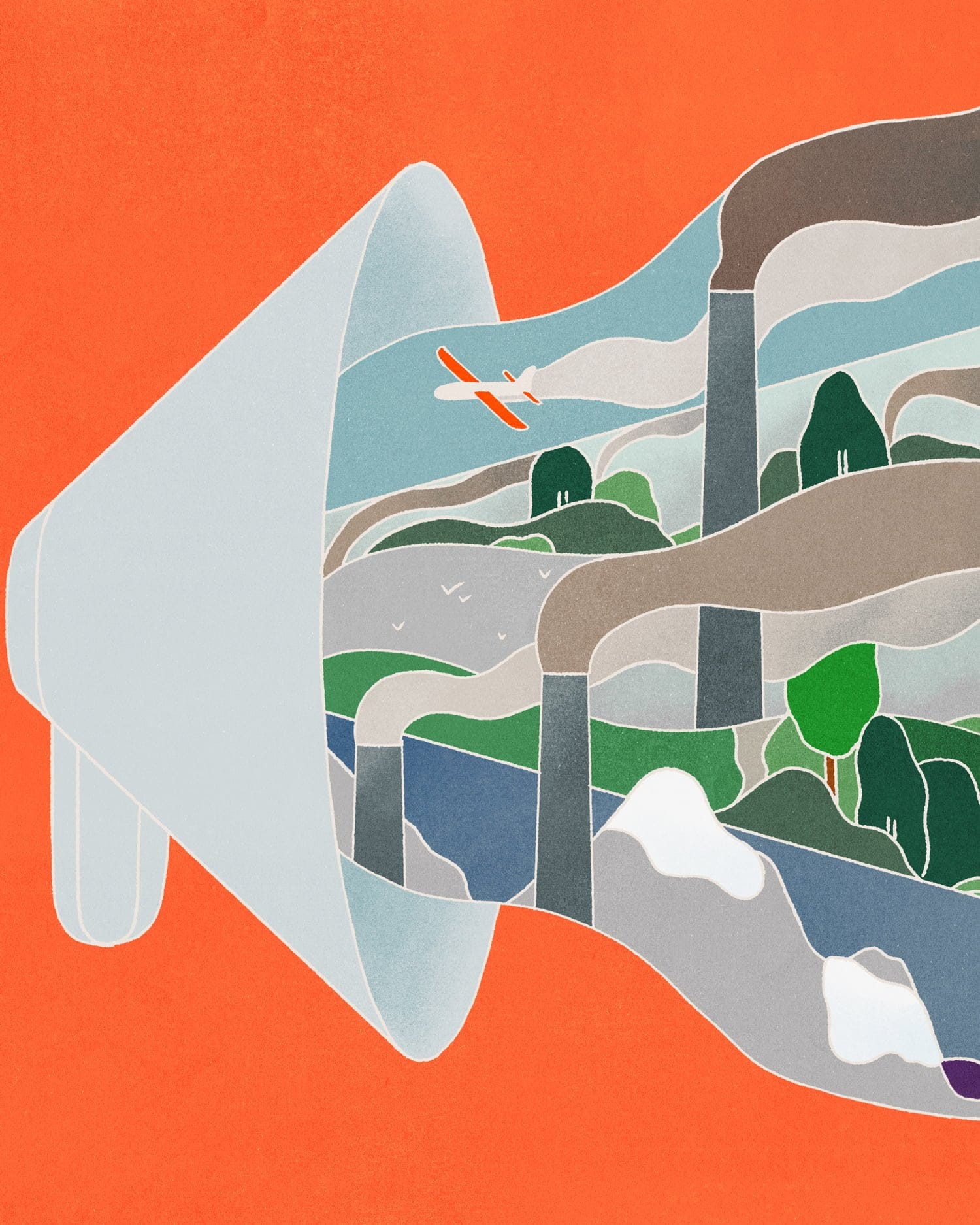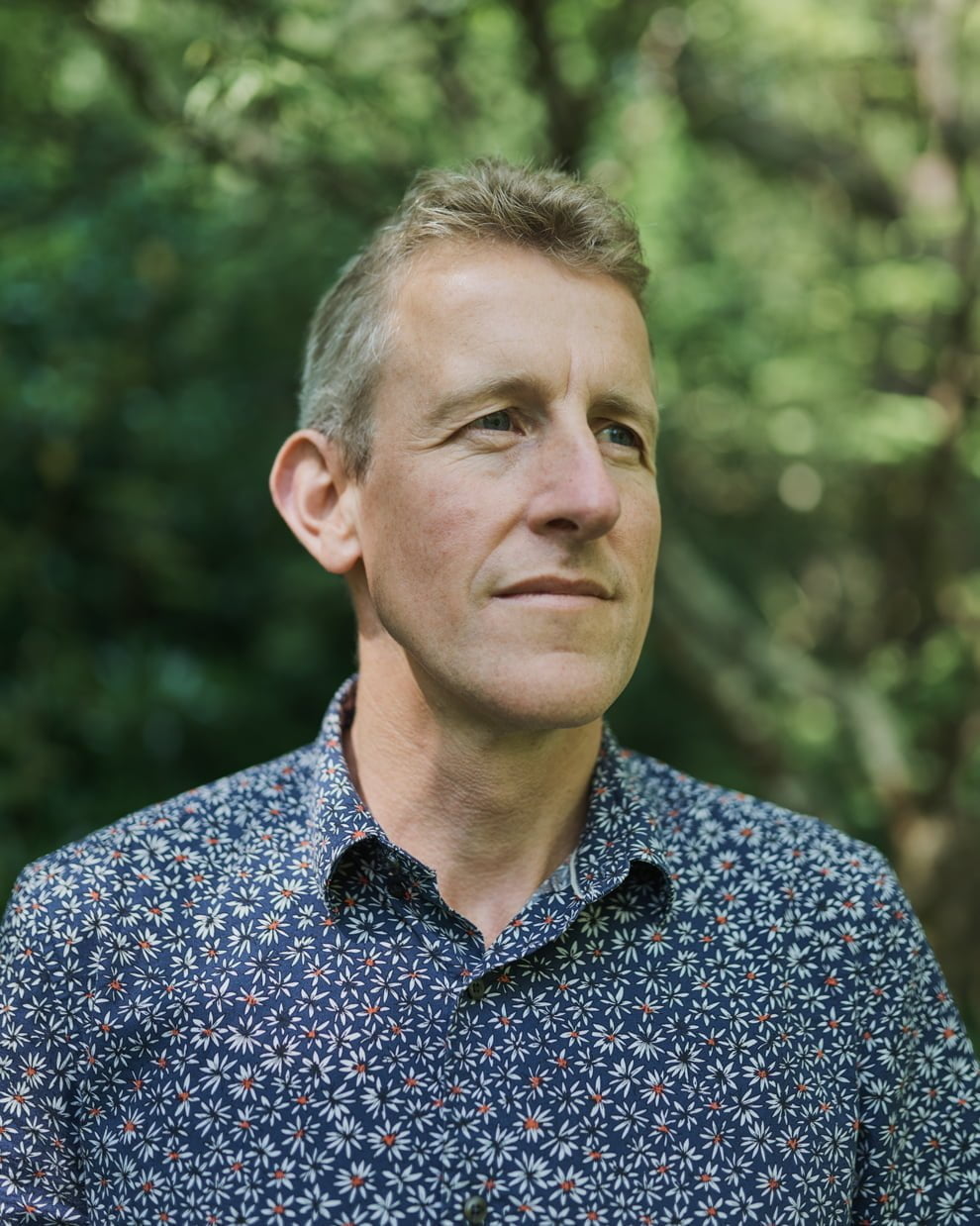Craftspeople, engineers and innovators on the island are embracing the circular economy, and using local materials to create new solutions to local problems.
I came to Taiwan looking for answers.
Over 10,000 kilometers away, on the other side of the Pacific, I fell in love with an accidental Taiwanese invention that became a global sensation: boba milk tea.
But beyond its bright pinks and purples, chewy tapioca and soft grass jelly, was the waste from its plastic cups and straws – single-use endeavors that lasted only as long as the sweet taste before making their way into landfills and oceans.
Once here, I found myself knee deep in a world of recyclers, engineers, and innovators who collected, sorted, and repurposed all kinds of waste in marvelous ways. They built construction materials, clothing, and even urinals out of things like the single-use plastic I’d once thrown away.
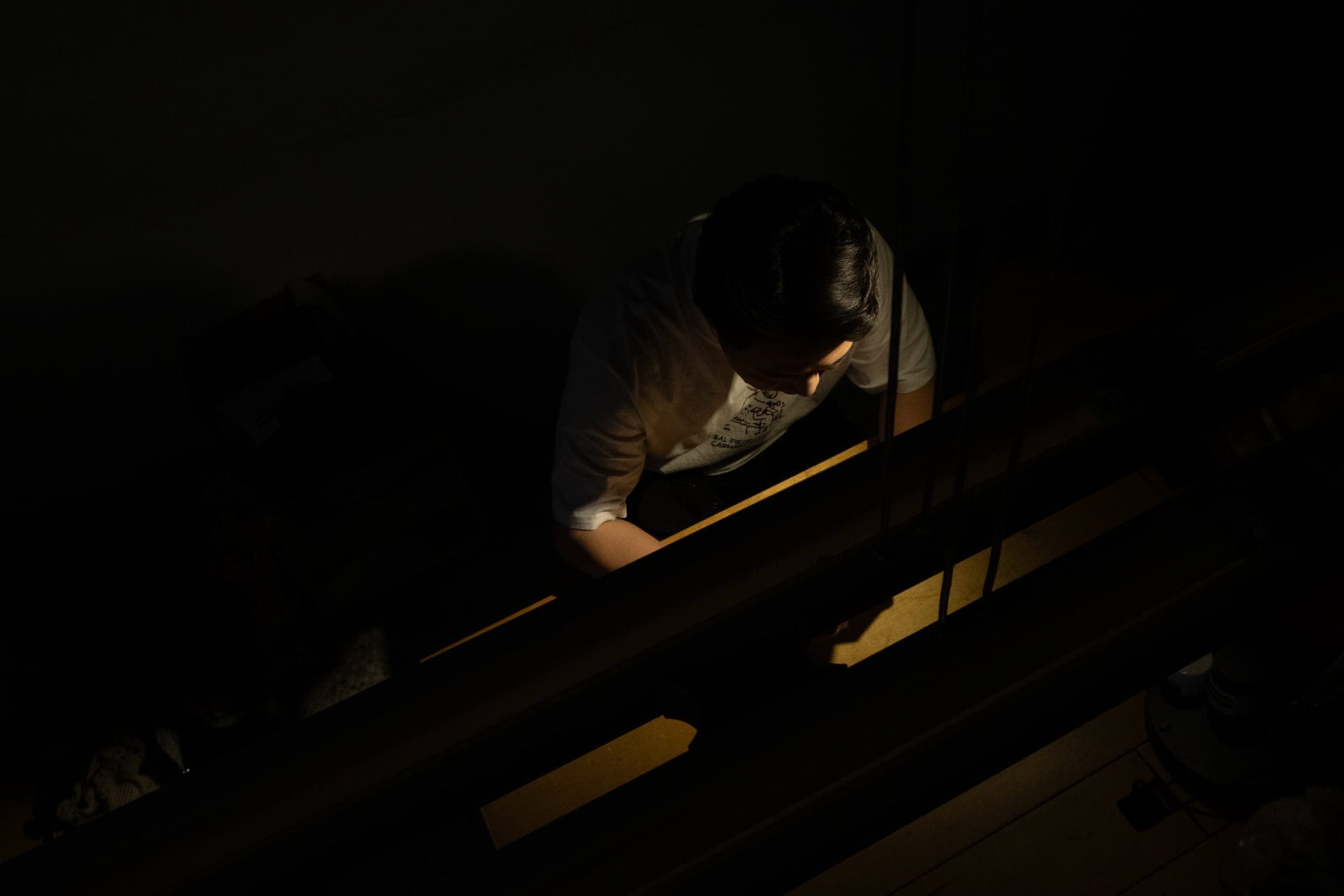
Inside a massive ecosystem with over 1,700 companies converting industrial waste into hundreds of different recycled materials, I kept hearing about a guiding principle for the people reimagining waste, and how we manage it: the circular economy.
“In Taiwan, the circular economy is about using local materials to build local solutions to local problems”
Design is everything
“Design is everything, and everything is design,” says Po-Chung Chen.
Po is an industrial designer and creator of the H-Module, a modular brick made from oyster shells. It can be taken apart and rebuilt time and again as a frame for office furniture, chairs, tables, and artwork.
What is the circular economy?
Right now, humans have a habit of extracting materials from the Earth, using them up and throwing away what’s left. In the circular economy, there is no “away”. Everything is reused and made into new things, in a beautiful circle. Circular thinking is transforming how we design things, how we use them and what we do with them when we’re done. Find out more here.
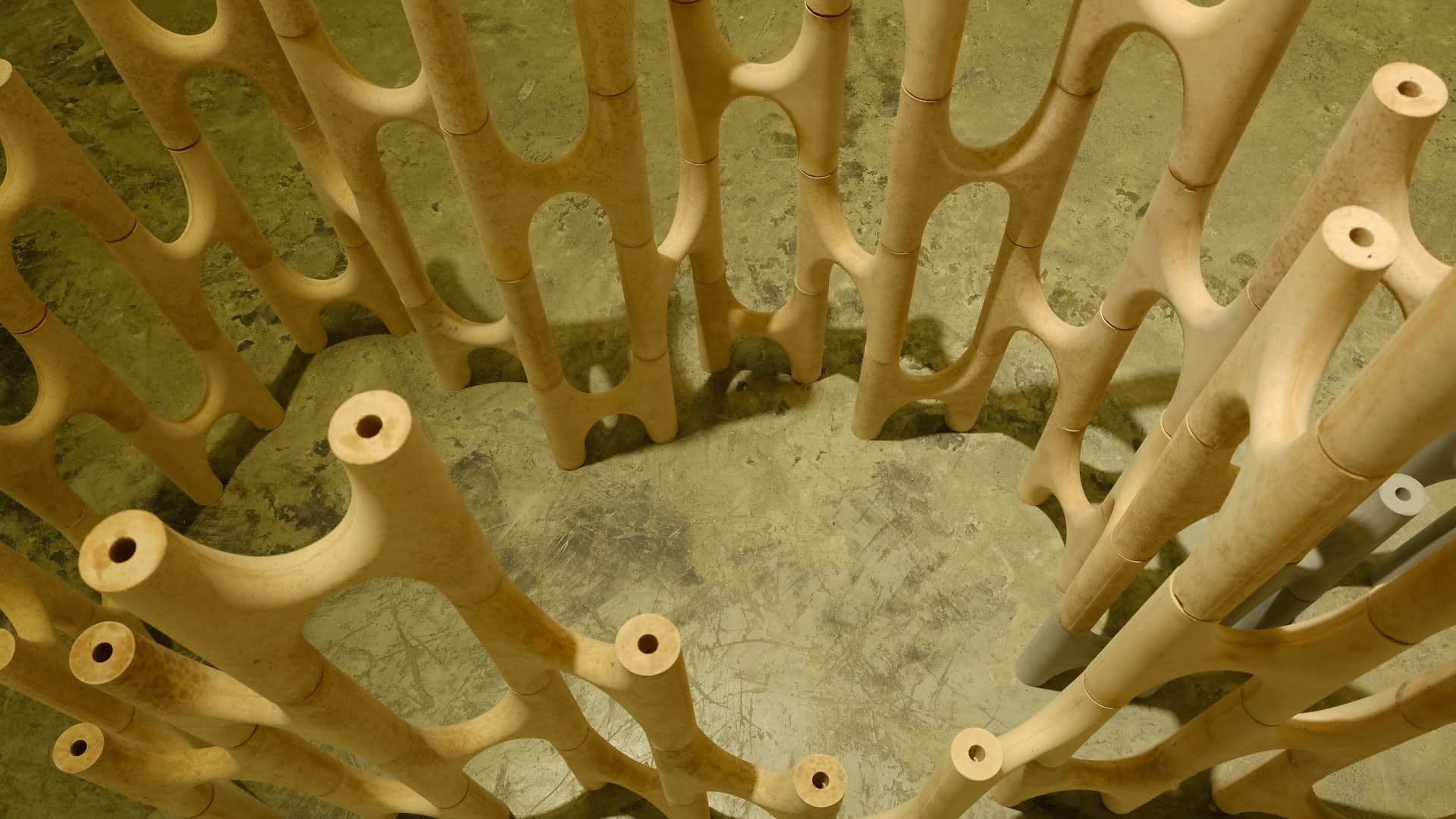
Born and raised in Kaohsiung, Taiwan’s largest port city, Po grew up around the area’s heavy industry. He also grew up with its rich seafood – from fish head stew and braised eel to oyster omelets and milkfish.
One of the waste byproducts of the island’s foodie culture is an annual 100,000 tons of oyster shells. Po hopes to turn the raw material into something useful and beautiful – something people would want in their homes.
“80% of getting to circularity is through design,” Po explains. “Circularity is human behavior. If we make something a part of our lives, that becomes how we live.”
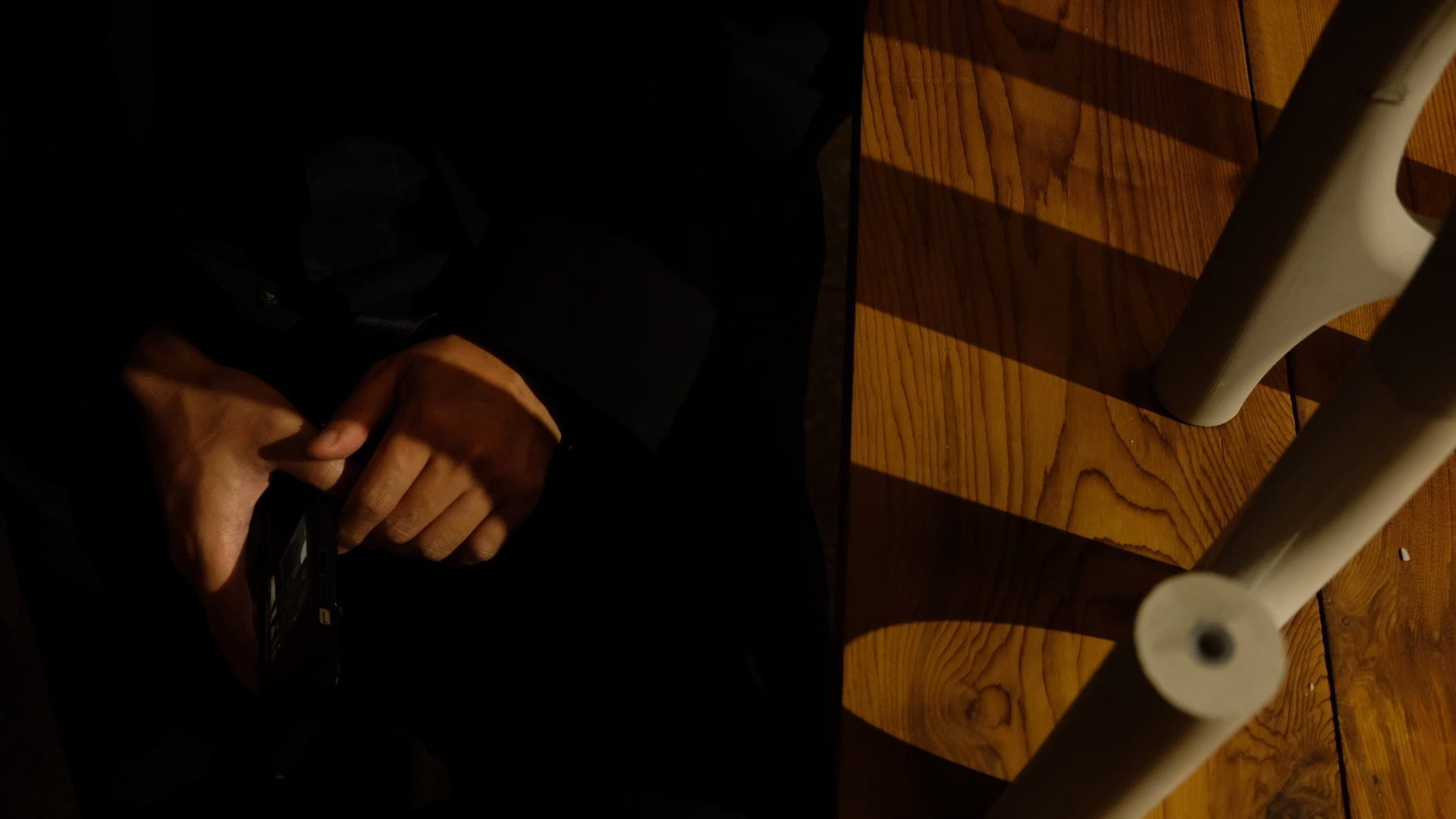
The circular economy means fixing what’s broken
The island’s unique combination of cultures is evident everywhere in Taiwan: colonial-era Japanese architecture, cuisine from mainland Chinese, even physical traces of 17th-century Dutch rule. At the same time, there’s also a push to discover what is distinctly Taiwanese.
HsinYou Lai is a third generation master of kintsugi, the Japanese art of repair that uses gold, silver, or platinum lacquer to fix broken items. HsinYou’s grandfather learned kintsugi under Japanese occupation and passed the technique down through the family studio, Kousan Craft.
“Using local materials, you can better represent where you’re from”
HsinYou Lai
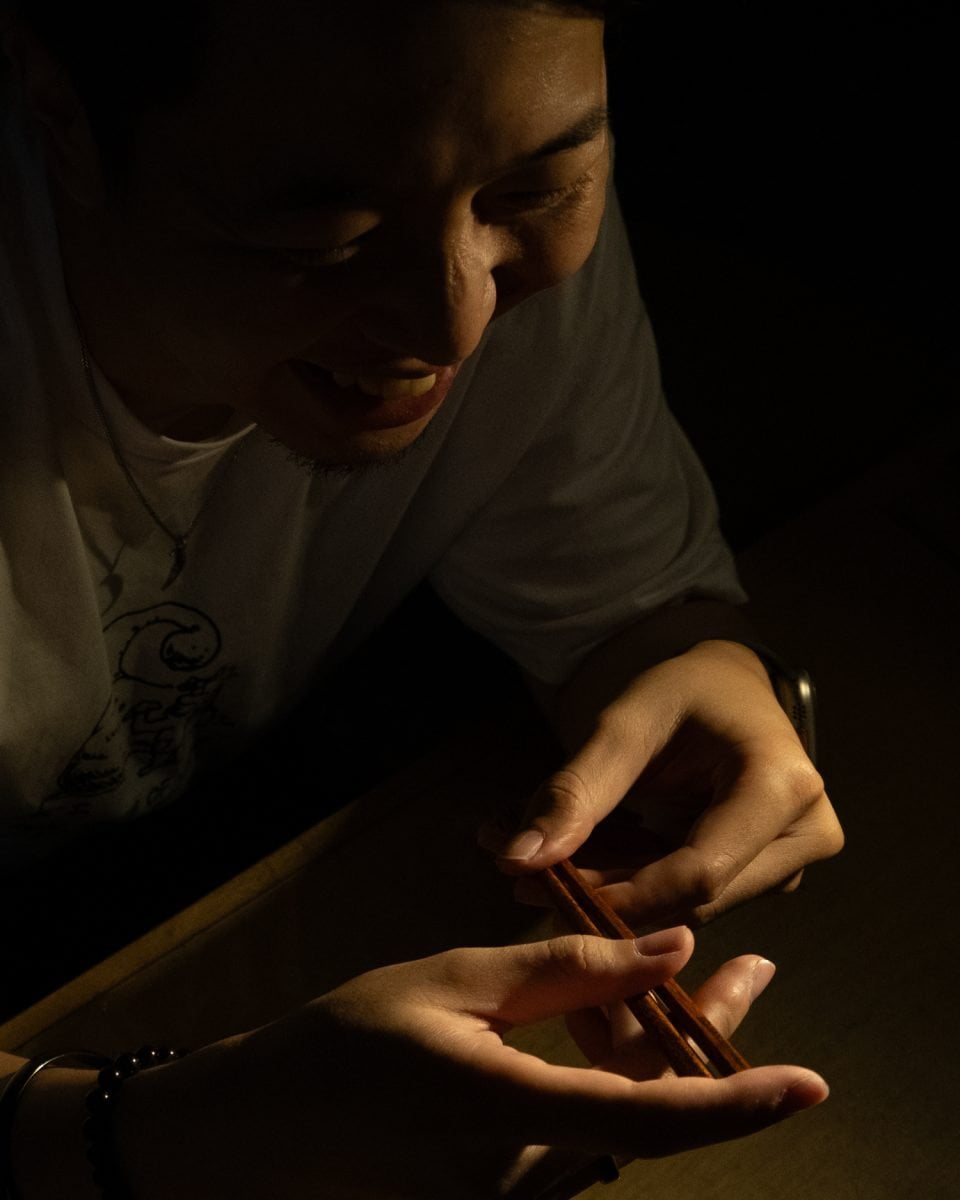
HsinYou uses local materials while maintaining traditional techniques – instead of gold, he uses Taiwanese wheat flour to bind broken items together. The result is a craft unique to Taiwan that also pushes back against the modern demand for single-use utensils and packaging.
“By developing a personal connection to the things we use, and using local materials,” he says, “we can develop a relationship to the place we call home.”
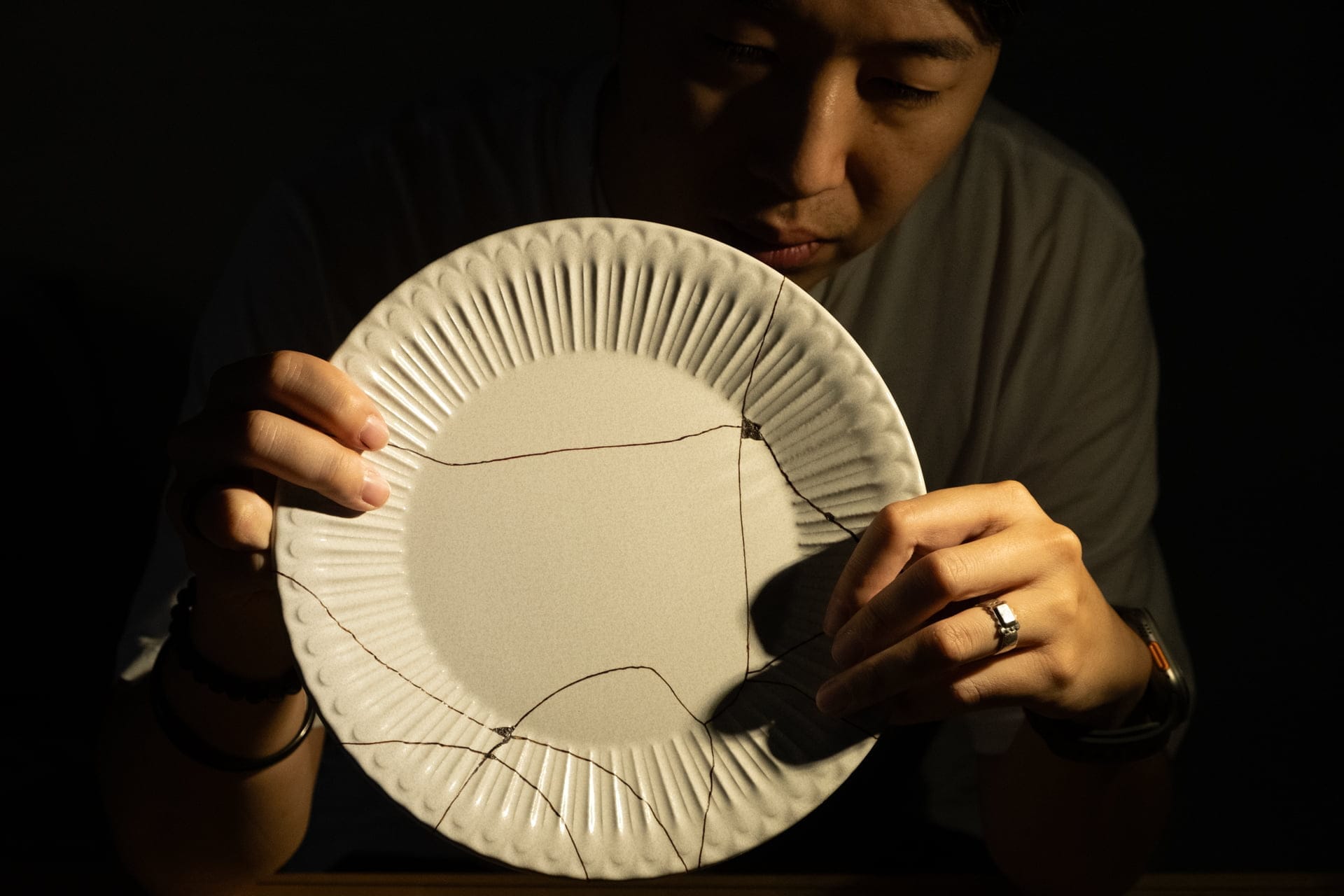
Solving local problems
Taiwan has a complicated relationship with water. The tropical to subtropical climate means ample rain, but the island often faces serious drought.
All that rain means erosion – four million tons of silt going into reservoirs every year instead of water. It also means water damage to concrete walls and buildings.
In the southern city of Tainan, civil engineer-turned-educator Dr. Wen-Yi Kuo found a solution to both problems: a gas-permeable, water-resistant cement additive that prevents water damage – made from the reservoir silt.
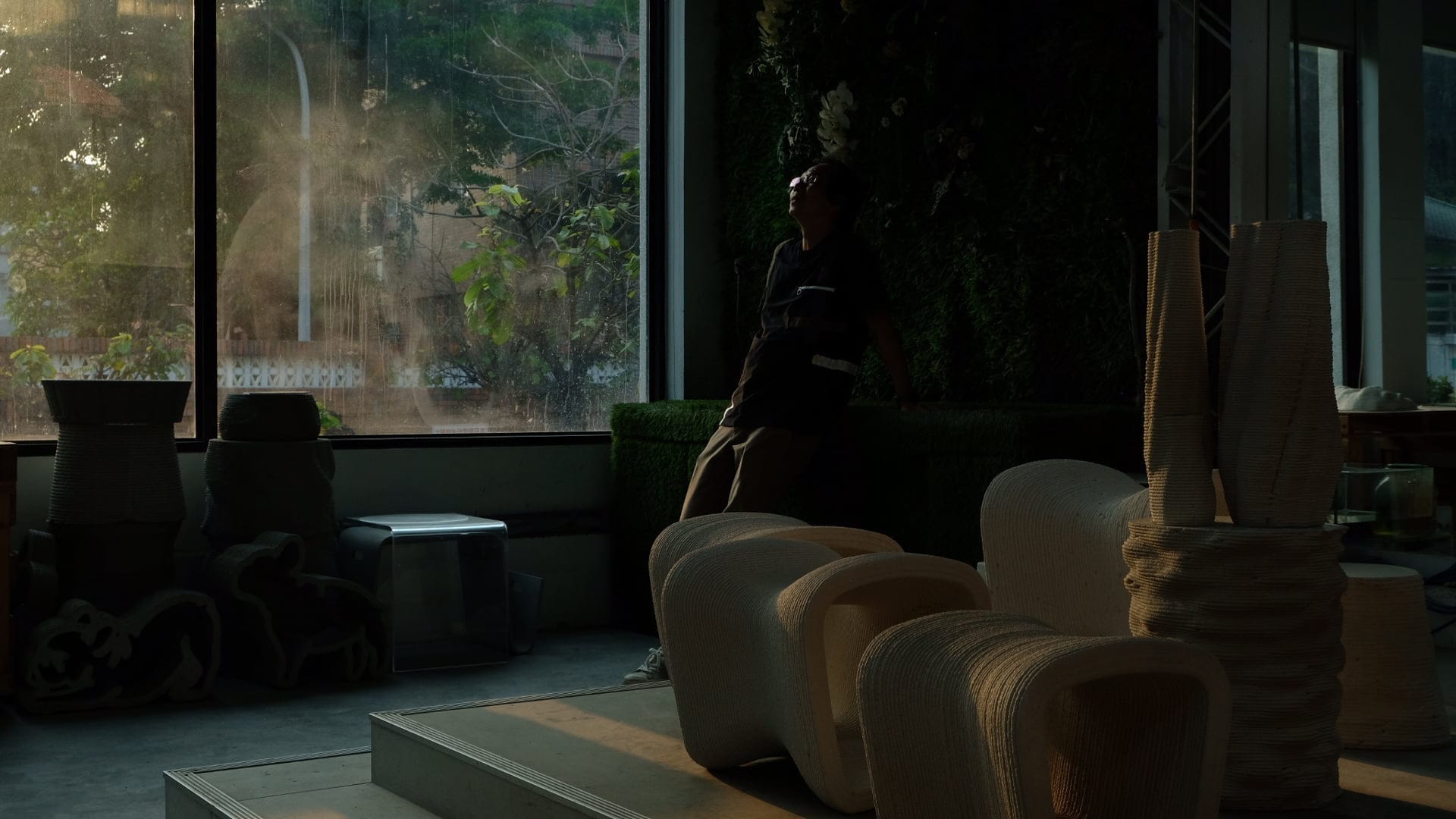
“My greatest victory is the 5% of people in my network who know what circularity is,” he says smiling.
Dr. Kuo is also finding creative ways to repurpose the reservoir silt and educate his community on circular practices. Recently, he’s created a 3D printing material from the silt – his studio is filled with 3D-printed furniture, bricks, and art.
“Circularity is about balance and cycling resources,” he says, placing a hand on a silt-based chair, “but it’s also about finding a way to serve the people around you.”

Circularity in Taiwan is not just a principle, it is a mode of action. It emphasizes people’s ability to create local solutions with the resources around them.
The island’s innovators are a living proof-of-concept, examples showing that everyone can participate in climate solutions. We start with something nearby and find a way to make a difference, whether it’s through reassembling, binding what’s broken, or rethinking the things around us.
Become a member
We’re able to tell stories like this because of people like you. Join others from around the world in supporting Imagine5’s mission towards a sustainable future. Join today and receive our latest magazine for free.
Join now